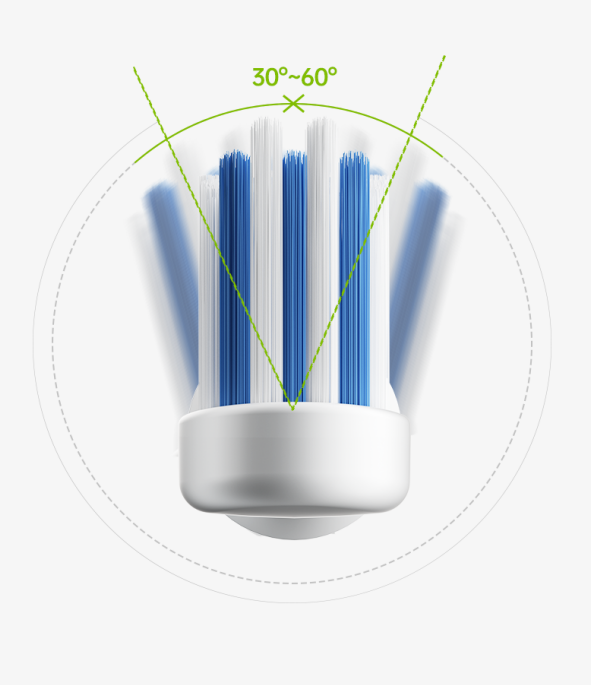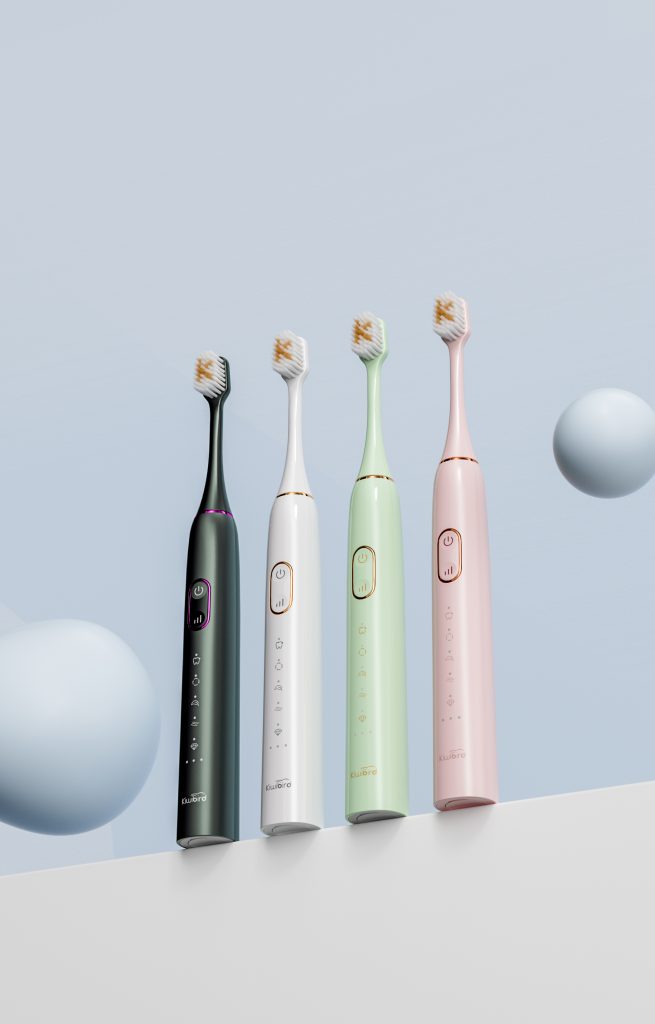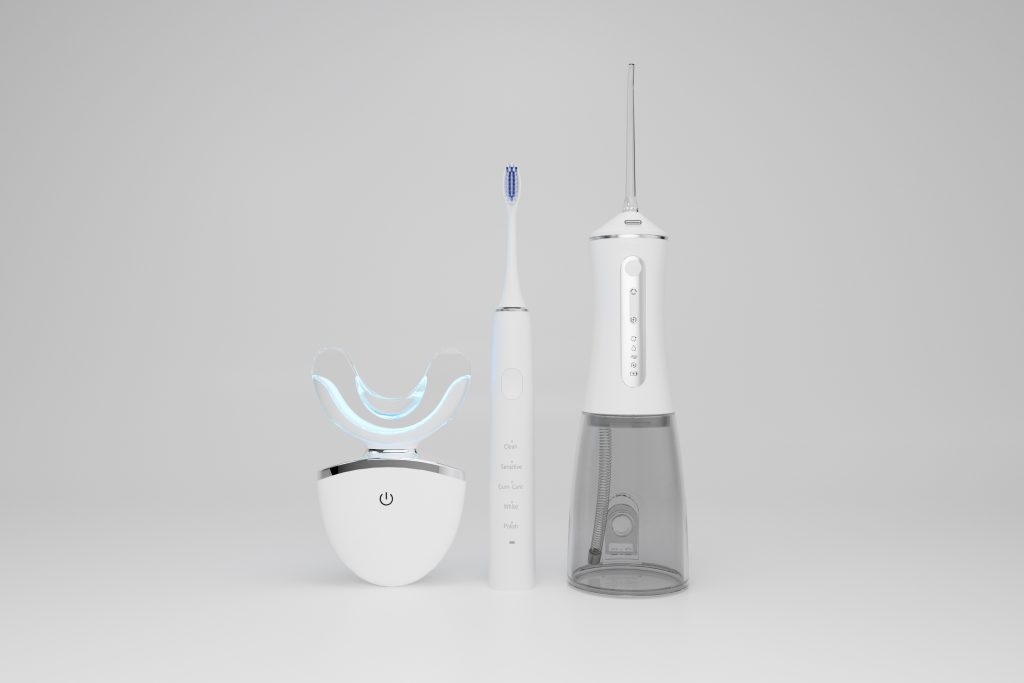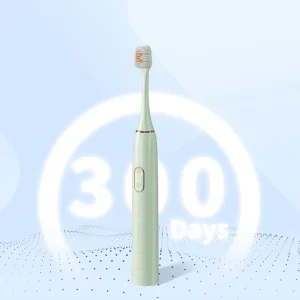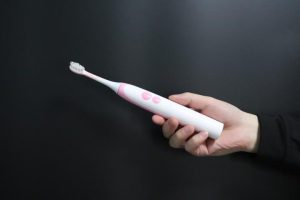In today’s highly competitive personal care and home appliance market, maintaining product reliability is crucial for brand reputation and customer retention. However, Button failure and Bristle deformation have become major concerns, leading to an increasing number of product recalls. These issues not only result in financial losses but also damage consumer trust. In this article, we will explore the causes behind these failures and outline effective strategies to prevent them.
The Growing Impact of Product Recalls
Product recalls are more than just a logistical headache; they can significantly impact a company’s brand image and financial health. When customers experience Button failure, where buttons become unresponsive, stuck, or loose, they quickly lose confidence in the product. Likewise, Bristle deformation in toothbrushes or cleaning devices can compromise functionality, leading to dissatisfaction and potential safety concerns. The rise in global consumer protection standards means that these issues must be addressed before they reach the market.
Identifying the Causes of Button Failure
Button failure is often caused by poor material selection, inadequate structural design, or inconsistent manufacturing processes. Common issues include:
- Low-quality plastic or rubber materials that degrade over time, leading to cracks or stiffness.
- Faulty internal mechanisms, such as weak springs or improperly calibrated pressure sensors, resulting in buttons getting stuck or becoming non-functional.
- Environmental stress, including exposure to moisture, extreme temperatures, or frequent use, accelerating wear and tear.
To prevent these problems, manufacturers must invest in high-durability materials, improve sealing mechanisms, and conduct rigorous life cycle testing.
Understanding Bristle Deformation and Its Consequences
Bristle deformation occurs when bristles lose their shape, bend excessively, or break prematurely. This issue is particularly problematic for toothbrushes, cleaning brushes, and other hygiene-related products. The root causes include:
- Inferior bristle material, such as low-grade nylon, which weakens under repeated use.
- Excessive heat or chemical exposure, leading to softening and warping of bristles.
- Manufacturing inconsistencies, such as uneven bristle trimming or improper anchoring in the brush head.
The consequences of Bristle deformation go beyond aesthetics—it can reduce cleaning effectiveness, cause discomfort, or even lead to hygiene concerns. To mitigate these risks, manufacturers should focus on using high-quality, heat-resistant bristle materials and refining production processes for enhanced durability.
Implementing Design and Material Innovations
Addressing Button failure and Bristle deformation requires a proactive approach in design and material selection. Manufacturers can consider:
- Upgrading button materials to include high-durability silicone or reinforced plastic to prevent wear and tear.
- Enhancing button mechanisms with improved spring tension and better internal sealing to avoid malfunctions.
- Adopting advanced bristle technology, such as multi-layered or reinforced bristle structures, to enhance resilience.
- Introducing quality coatings that protect against moisture and chemical exposure, reducing degradation risks.
By integrating these improvements, manufacturers can significantly extend product lifespan and reliability.
Strengthening Quality Control and Testing Procedures
A robust quality control system is essential to minimize the risk of product failures before they reach consumers. Key measures include:
- Accelerated life cycle testing to simulate extended use and identify weak points in buttons and bristles.
- Environmental stress testing to evaluate product durability under varying humidity, temperature, and chemical exposure.
- Randomized batch inspections during manufacturing to detect inconsistencies early.
Companies that implement these quality control steps can drastically reduce failure rates and build a reputation for reliability.
Future Outlook: Staying Ahead with Smart Manufacturing
Looking ahead, smart manufacturing and AI-driven quality monitoring will play a vital role in preventing Button failure and Bristle deformation. Innovations such as:
- Real-time defect detection using AI to identify faulty buttons or bristles before products leave the factory.
- Material science advancements, including self-healing polymers and shape-memory bristles, to enhance durability.
- Data-driven design improvements, where failure trends are analyzed to continuously refine product engineering.
By leveraging these technologies, manufacturers can not only reduce recalls but also enhance consumer satisfaction and long-term brand loyalty.
Conclusion
Button failure and Bristle deformation are two common issues that can lead to costly recalls and damage brand credibility. By improving material selection, refining design structures, strengthening quality control, and adopting smart manufacturing practices, companies can ensure product reliability and customer trust. A proactive approach to these challenges will position manufacturers for sustained success in an increasingly demanding global market.https://www.powsmart.com/product/electric-toothbrush/
